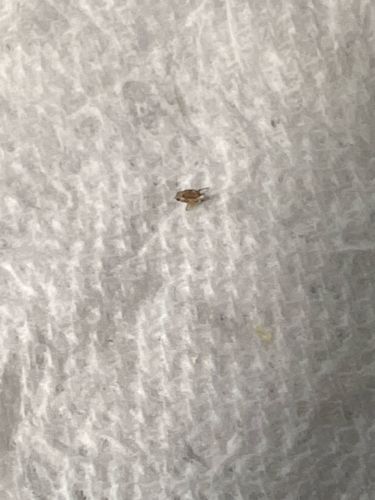Flea
Scientific Name: Ctenocephalides spp. (most common household fleas)
Order & Family: Order Siphonaptera, Family Pulicidae (e.g., Ctenocephalides felis for cat flea)
Size: 1.5 to 3.2 mm (0.06 to 0.13 inches)

Natural Habitat
Fleas are commonly found on animal hosts (pets, wildlife) and in environments where hosts spend time, such as carpets, bedding, and upholstered furniture. They prefer warm, humid conditions.
Diet & Feeding
Adult fleas feed on the blood of mammals and birds.
Behavior Patterns
They prefer dark, undisturbed areas. Adults are good jumpers and can spread quickly. Females lay eggs in clusters on surfaces where they feed. Nymphs hatch and go through several instars before becoming adults. They are primarily nocturnal.
Risks & Benefits
Fleas are primarily considered pests due to their bites causing itching, skin irritation, and potential allergic reactions in humans and pets. They can also transmit diseases such as murine typhus and serve as intermediate hosts for tapeworms (e.g., Dipylidium caninum). There are no known benefits.
Identified on: 8/31/2025